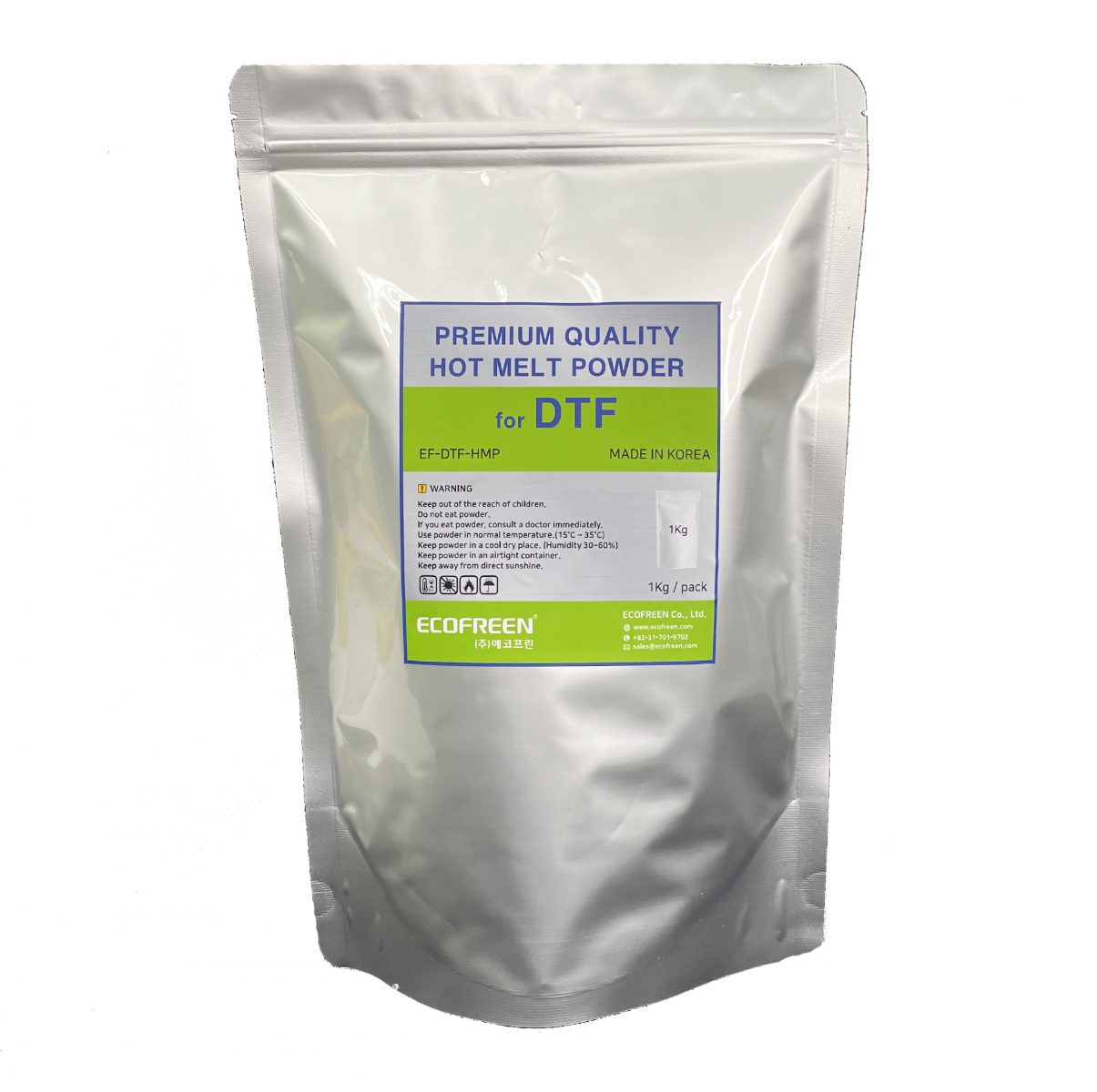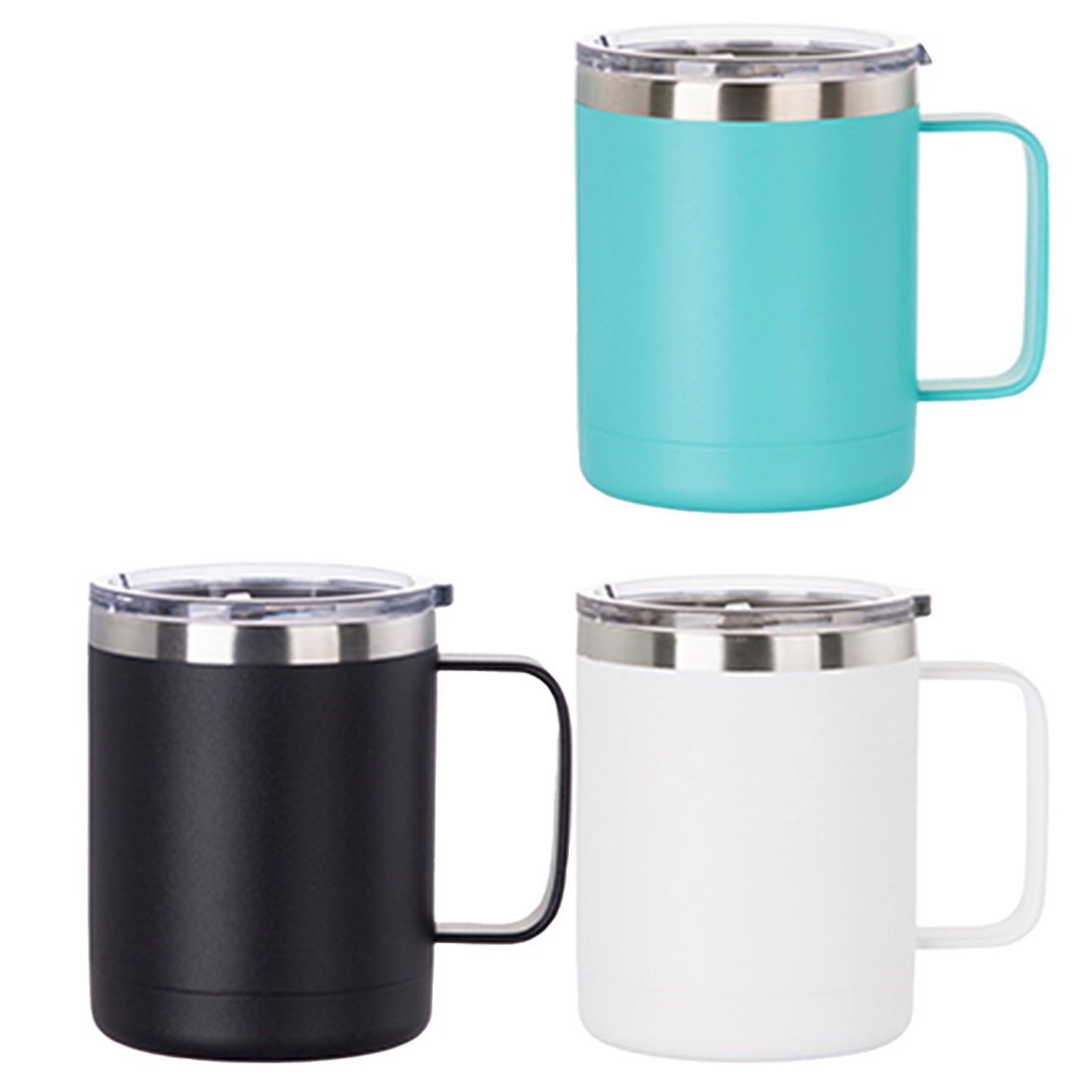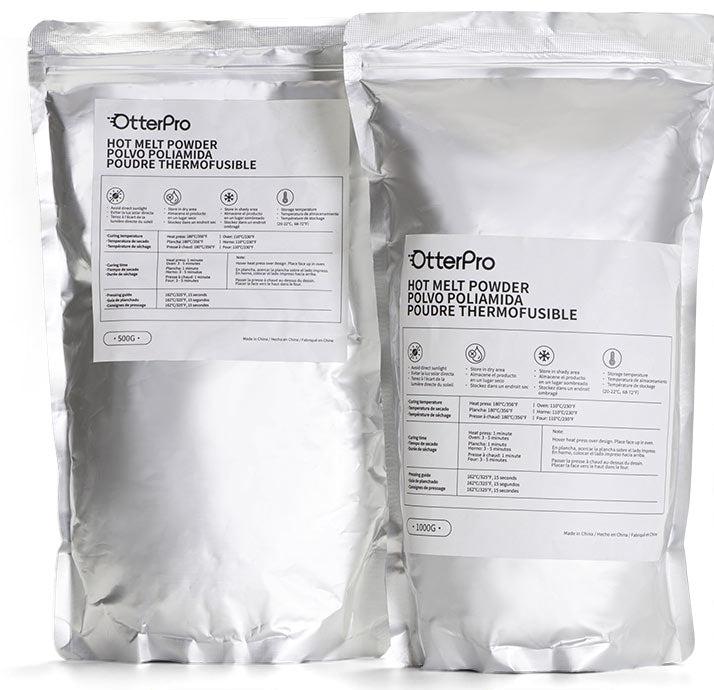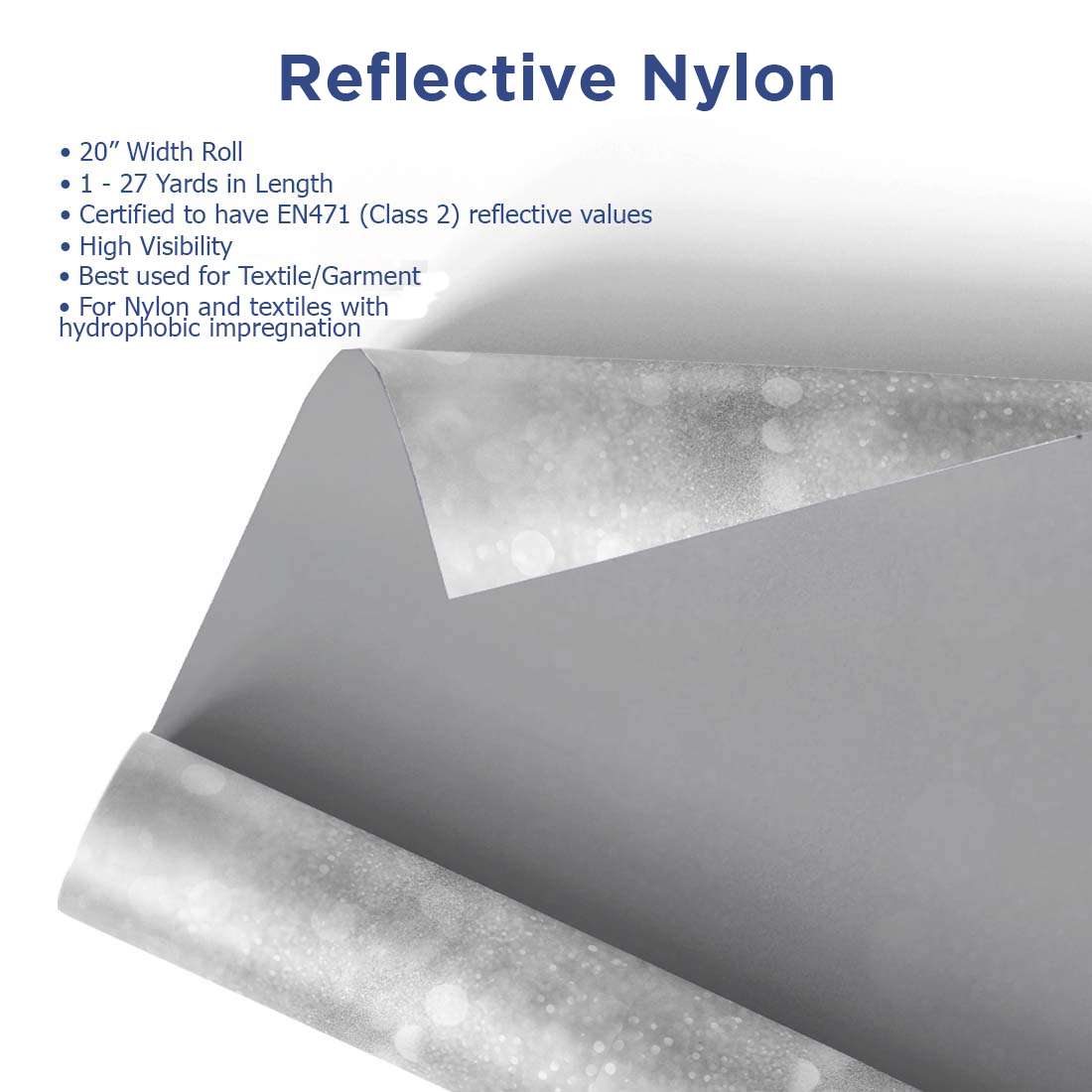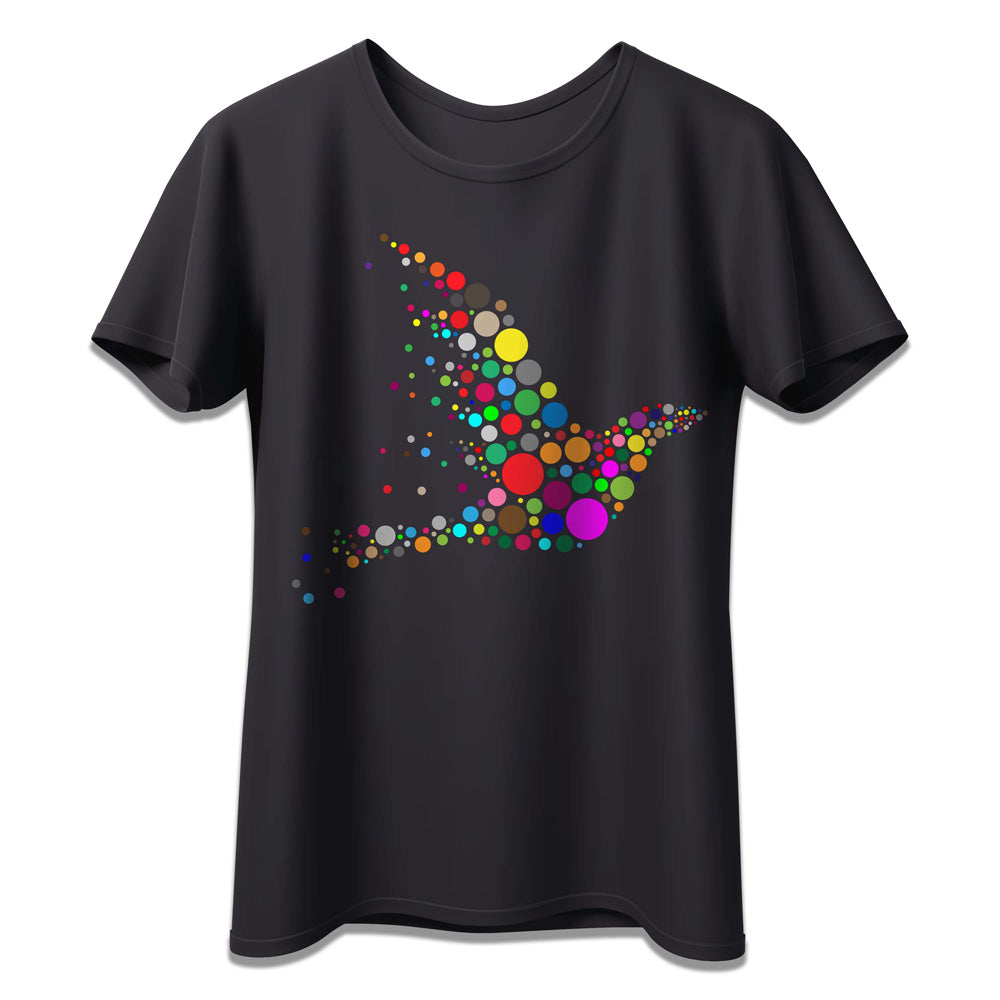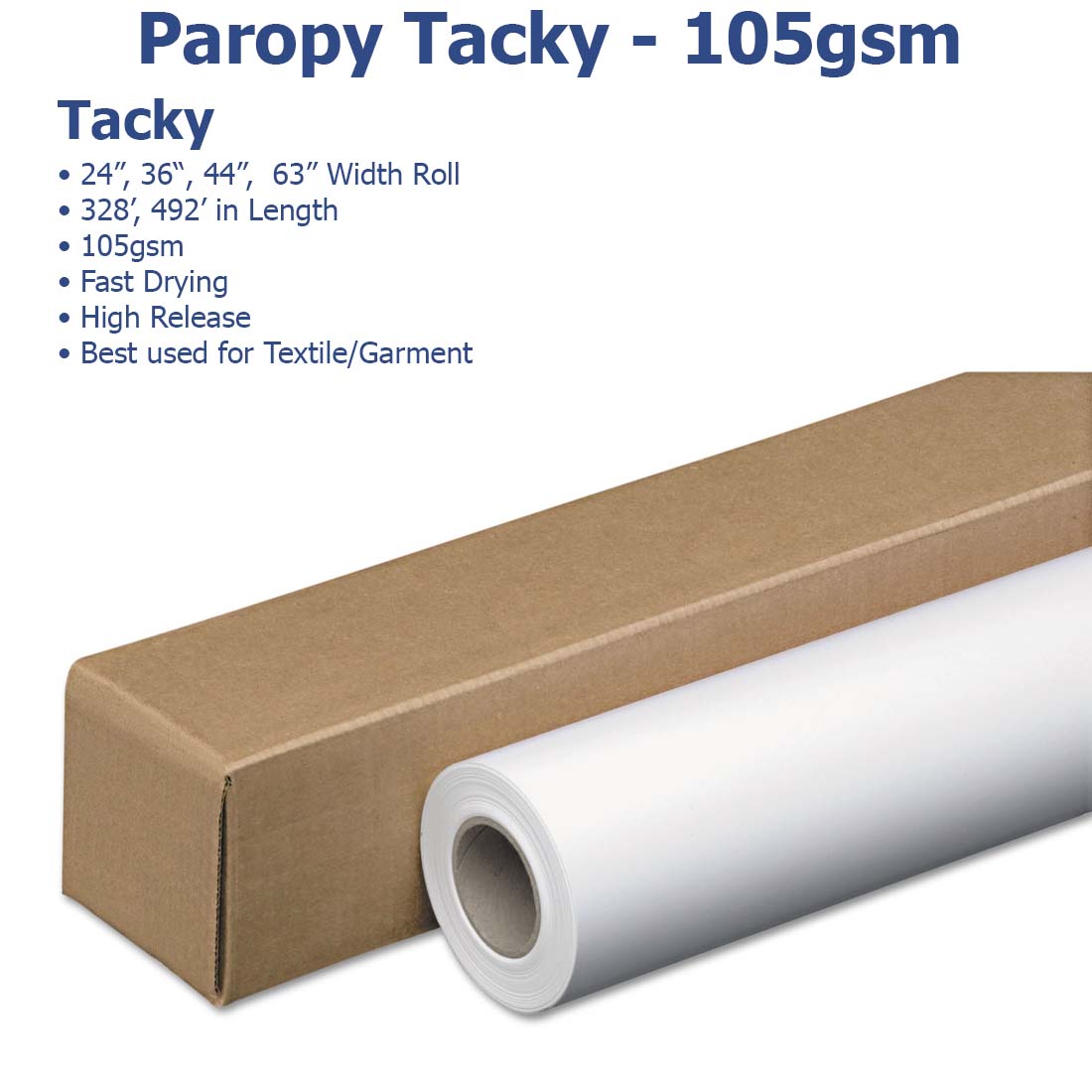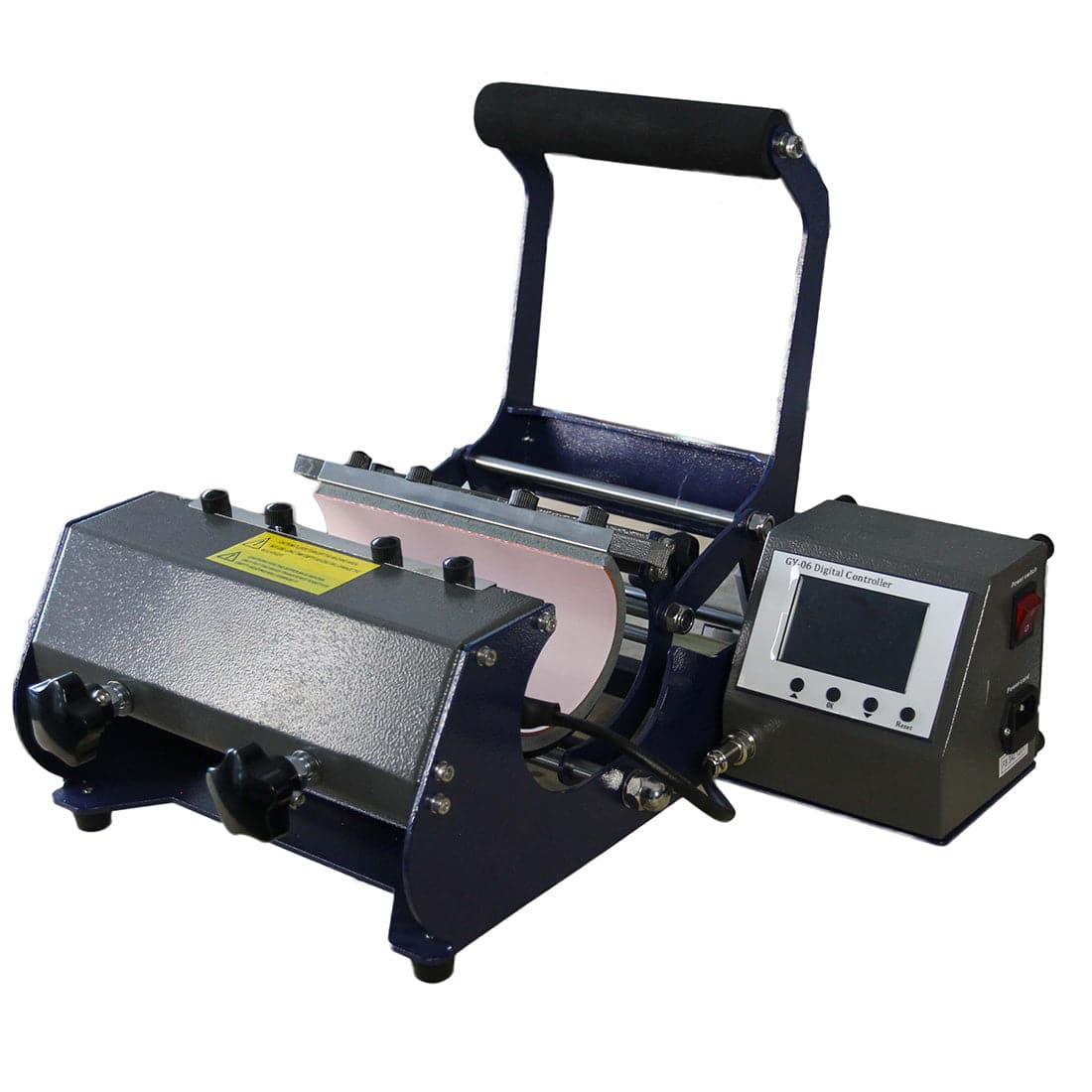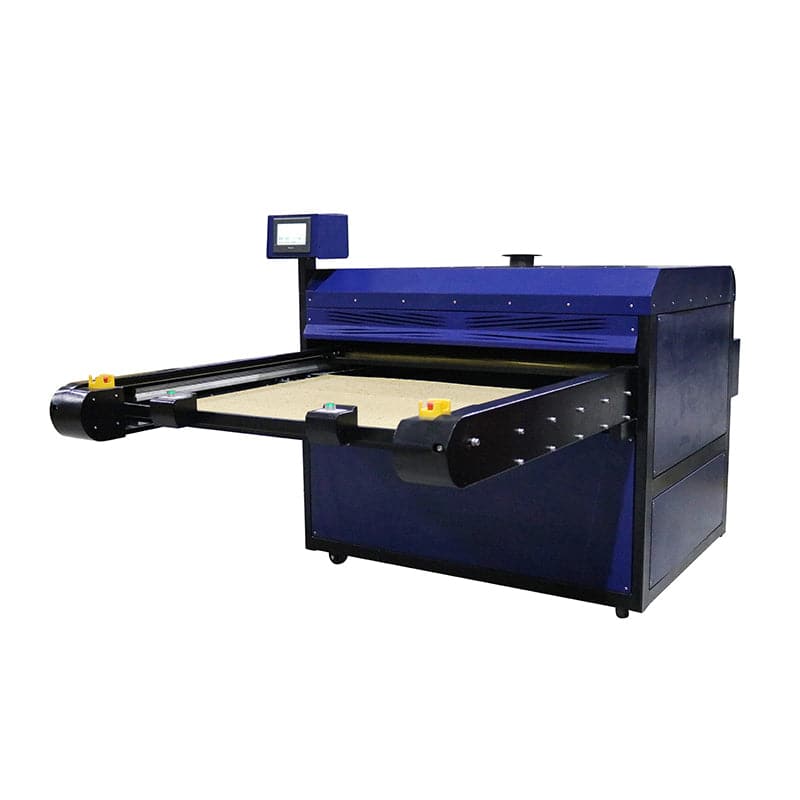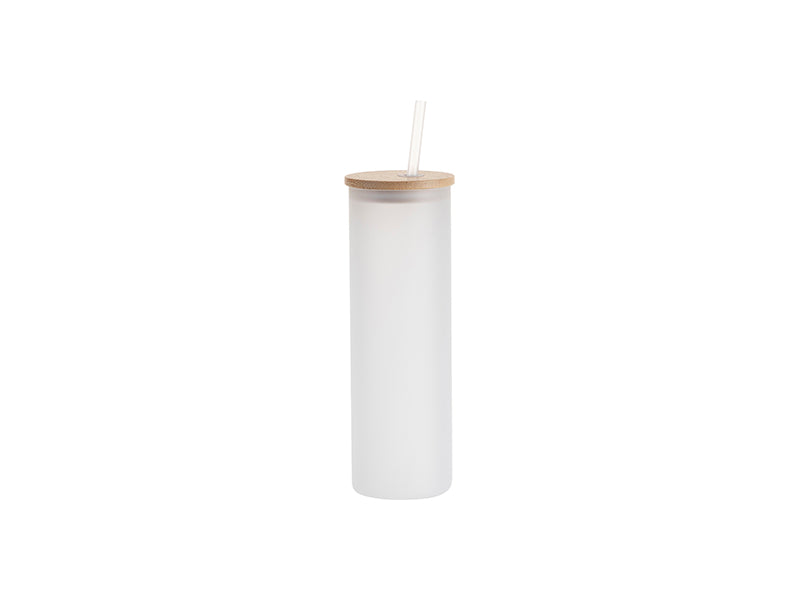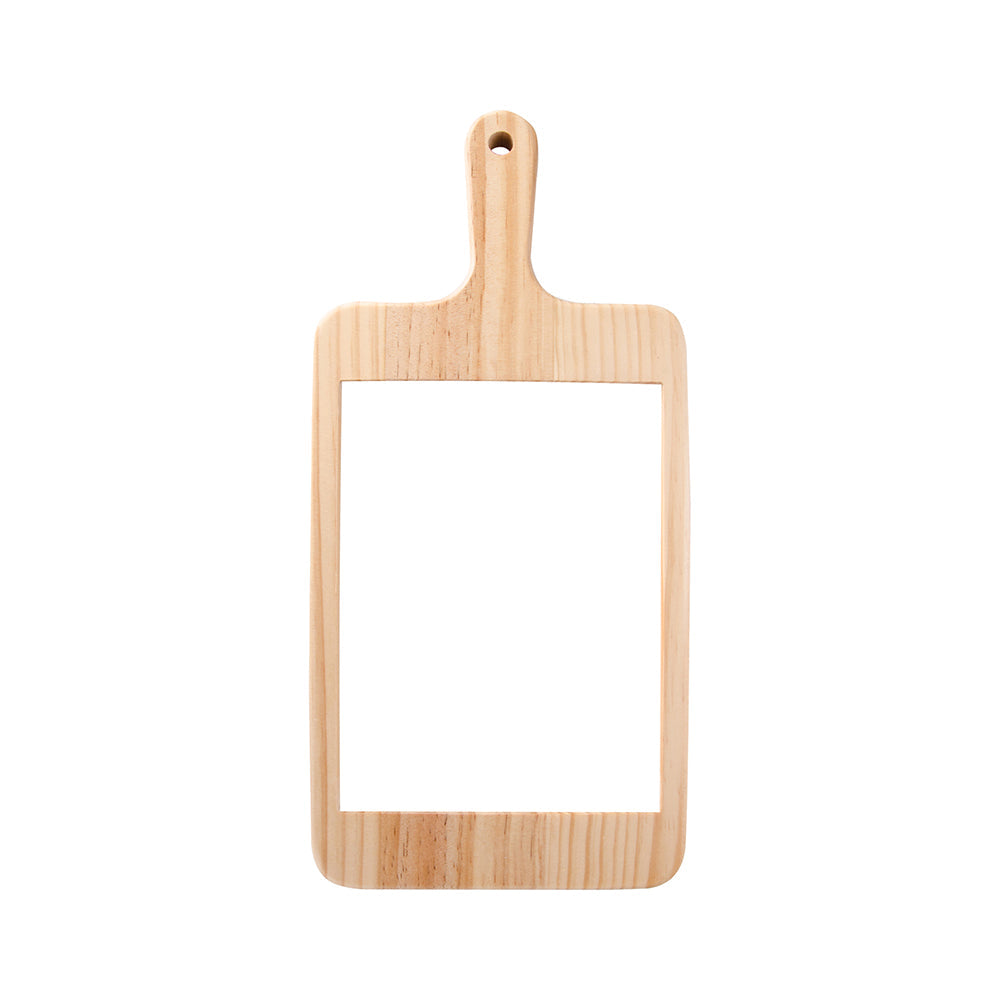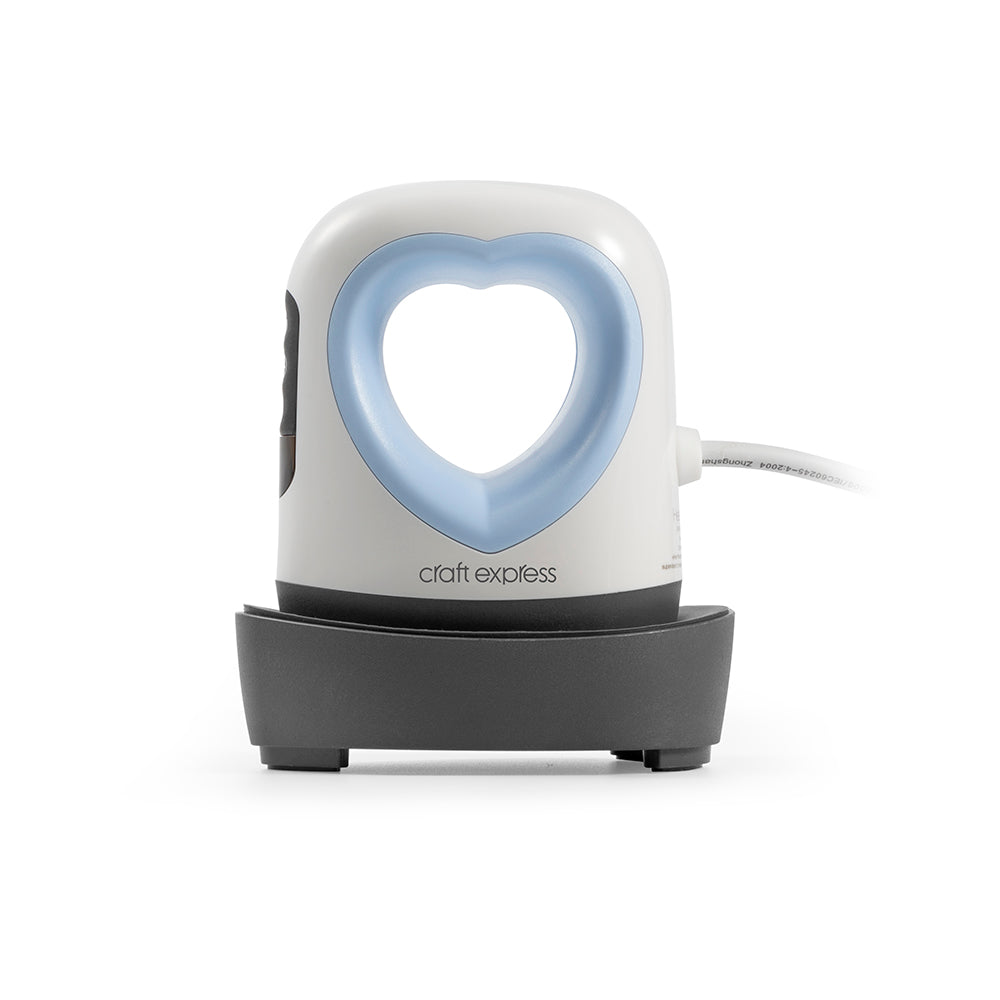
Master the art of heat pressing with our 2024 step-by-step guide. Learn how to use a heat press machine for perfect results every time.
Introduction to Heat Press Machines
What is a Heat Press Machine?
A heat press machine might sound fancy, but it’s simply a tool that uses heat and pressure to transfer your designs onto various materials. Whether you’re customizing a T-shirt, a hat, or even a coffee mug, a heat press makes it easy to create professional-looking results.
Why Use a Heat Press Machine?
Wondering why heat presses are so popular? They’re incredibly versatile and perfect for making custom apparel and accessories. Whether you’re a hobbyist, looking to start a small business or a big print shop, a heat press is your gateway to creating everything from personalized T-shirts to cool promotional items.
Types of Heat Press Machines
Clamshell vs. Swing Away Heat Presses
Heat presses come in different styles, and two of the most popular are clamshell and swing away. Clamshell presses are compact and easy to use, making them perfect if you’re short on space. Swing away presses, on the other hand, offer more room to work and are great for thicker materials. We’ll break down the pros and cons of each so you can pick the right one for your needs.
Specialty Heat Press Machines
Not all heat presses are created equal! If you’re working on big projects or need something for more specialized tasks, you might want to check out these heavy hitters. From Joto’s large format heat presses to roll-to-roll calendar presses for sublimation, there’s a machine out there for every job.
Step-by-Step Guide to Using a Heat Press Machine
Selecting the Right Materials
Before you dive into the heat press process, it’s crucial to choose the right materials. Select fabrics that work best for your design—whether it’s cotton for a classic look or polyester for vibrant colors. Make sure to use high-quality transfer paper, like Paropy Transfer Paper, as it plays a key role in achieving a smooth and crisp transfer.
Setting Up Your Heat Press
Ready to get started? First things first, power up your heat press and get those settings just right. Whether you’re adjusting the temperature, setting the timer, or calibrating the pressure, these steps are essential for nailing that perfect transfer every time.
Preparing Your Design
Your design is the star of the show! Choose or create your artwork, mirror it if necessary, and print it on your transfer “or sublimation” paper. This step ensures that your design looks flawless when it’s finally pressed onto your fabric.
Positioning and Pressing
Now comes the fun part! Place your fabric on the heat press, position your design correctly, and add a teflon sheet for protection. Close the press, apply the heat, and let the magic happen—this is where your design truly comes to life.
Peeling and Cooling
After pressing, patience is key. Let your fabric cool down a bit before carefully peeling off the transfer paper. This ensures that your design is set perfectly and won’t smudge or distort.
Troubleshooting Common Issues
Even the best presses can run into issues, but that’s okay! If your design isn’t sticking or the fabric looks off, this section provides tips to troubleshoot and fix common problems, so your next attempt is flawless.
Techniques with Joto Heat Press Machines
Using the Joto Swing Away Heat Press for Complex Projects
Got a tricky project? The Joto Swing Away Heat Press is your best friend for dealing with thicker materials or items with seams. Its swing-away design gives you room to work, and the auto-open feature helps you get the timing just right.
Large Format Heat Pressing with Joto Pneumatic Heat Presses
For large-scale projects, Joto’s Pneumatic Heat Presses are a game-changer. Featuring dual working tables and precise temperature control, these presses allow you to tackle big jobs with ease and consistency. Whether you're working on oversized garments or sublimating stunning Ilumipix™ HD Photo Panels, like the 30" x 40" panels, you'll achieve flawless results every time.
Sublimation Success with Joto 44" Calendar Roll to Roll Heat Press
For those into sublimation, the Joto 44" Calendar Roll to Roll Heat Press is perfect for precision and high-volume work. It’s all about smooth operation and top-notch results, whether you’re working on textiles or large banners.
Frequently Asked Questions About Heat Press Machines
-
What materials can I use with a heat press machine?
You can use a variety of materials, including cotton, polyester, blends, and even some synthetic fabrics. Just make sure your material can handle the heat and pressure settings required for your transfer.
-
Can I use a heat press for items other than t-shirts?
Absolutely! Heat presses can be used for hats, tote bags, hoodies, and more. As long as the item has a flat surface and can fit in the press, you can likely customize it.
-
What’s the difference between a heat press and a mug press?
A heat press is designed for flat items like shirts and bags, while a mug press is specifically for cylindrical items like mugs. If you want to customize mugs, you’ll need a mug press or a heat press with a mug attachment.
-
Do I need special paper for a heat press?
Yes, you’ll need transfer paper specifically designed for your printer and the fabric you're working with. It's important to select the right type for light or dark fabrics to ensure the best results. For optimal performance, consider using Paropy™ Sublimation Paper, which is compatible with a wide range of fabrics and ensures vibrant, long-lasting transfers.
-
How do I set the temperature and pressure on a heat press?
Temperature and pressure settings vary depending on the material and type of transfer. Always check the guidelines provided with your Joto heat press for the recommended settings. Generally, cotton needs higher temperatures than polyester, and thicker materials require more pressure.
Final Tips for Perfect Heat Press Results
-
Check Your Pressure Settings
The key to a successful transfer is applying the right amount of pressure. Adjust your press to ensure even pressure across the material for a flawless finish.
-
Time is Everything
Overheating your fabric can ruin your design, while underheating won’t allow the transfer to set properly. Always follow the recommended time for each type of material.
-
Use Protective Sheets
To avoid damaging your heat press, place a teflon sheet or parchment paper between the press and your material. This will prevent ink or residue from sticking to your press.


